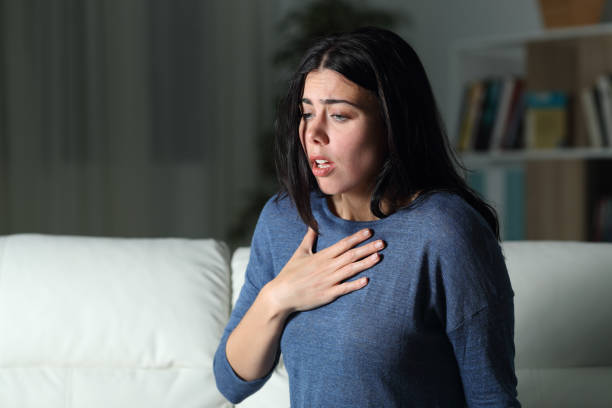From Head to Toe: How Anxiety Writes Its Chapters in Your Body

From Head to Toe: How Anxiety Writes Its Chapters in Your Body
Anxiety is a common human experience that can take a toll not only on our minds but also on our bodies. While it's natural to feel anxious in certain situations, chronic anxiety can have profound physical effects. From head to toe, anxiety can shape our body's responses, impacting various systems and functions. In this article, we will delve into the ways anxiety manifests physically, its impacts on the body, and reliable strategies for managing these effects.
The Mind-Body Connection
Anxiety is not solely a mental phenomenon; it's deeply intertwined with physical health. The mind-body connection is a complex relationship where our thoughts, emotions, and physiological responses interact. According to the American Psychological Association (APA), chronic anxiety can trigger a stress response, releasing hormones like cortisol that prepare the body for a "fight or flight" reaction. This primitive response was designed to help us survive threats but can take a toll when activated too frequently.
The Heart of the Matter
Anxiety can have a profound impact on our cardiovascular system. The heart races, palpitations occur, and blood pressure rises. This response is a result of the body's attempt to pump more oxygen-rich blood to vital organs. Prolonged anxiety can contribute to hypertension, increasing the risk of heart disease over time.
The Weight of the World on Your Shoulders
Muscle tension is a hallmark of anxiety. As stress builds up, muscles contract and tighten, often leading to discomfort, headaches, and migraines. Anxiety Centre suggests that chronic muscle tension from anxiety can contribute to tension headaches and back pain. Practicing relaxation techniques, like deep breathing and progressive muscle relaxation, can help alleviate these physical symptoms.
Breathing and Beyond
Anxiety often affects our breathing patterns. Rapid, shallow breaths can lead to hyperventilation and a feeling of breathlessness. The body's response to perceived danger prompts the release of adrenaline, which can further intensify these breathing changes. Learning to control and regulate breathing through techniques such as diaphragmatic breathing can restore balance to the body's oxygen-carbon dioxide exchange, reducing feelings of anxiety.
The Gut-Brain Axis
The gut-brain axis is a bidirectional communication network connecting our gut and brain. Anxiety can disrupt this delicate balance, leading to gastrointestinal symptoms such as nausea, diarrhea, or irritable bowel syndrome (IBS). Anxiety can contribute to gut disturbances, so it is important to manage it to promote gut health.
Skin Deep
Anxiety can also manifest through the skin. Stress triggers the release of inflammatory molecules that can exacerbate skin conditions such as eczema, psoriasis, and acne. Furthermore, stress-induced scratching or picking can damage the skin and delay healing. Consulting with dermatologists and implementing stress-reduction strategies can help mitigate these effects.
Conclusion
Understanding how anxiety writes its chapters in our bodies empowers us to take control of our physical and mental well-being. While anxiety's impact is significant, there are reliable strategies to manage its effects. Mindfulness practices, regular exercise, a balanced diet, and
seeking support from mental health professionals are all tools at our disposal. By prioritizing holistic well-being, we can rewrite the story of anxiety's influence on our bodies and lead healthier, more fulfilling lives.
Note: This article is for informational purposes only and is not intended as a substitute for professional medical advice, diagnosis, or treatment. Always seek the advice of your physician or other qualified health provider with any questions you may have regarding a medical condition.
